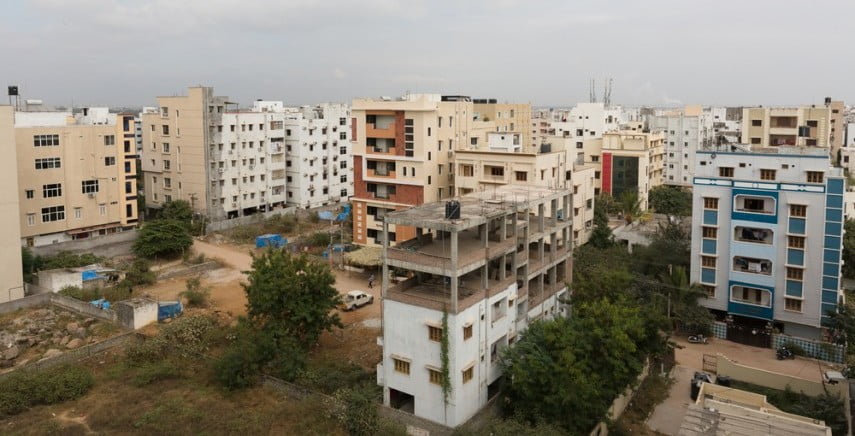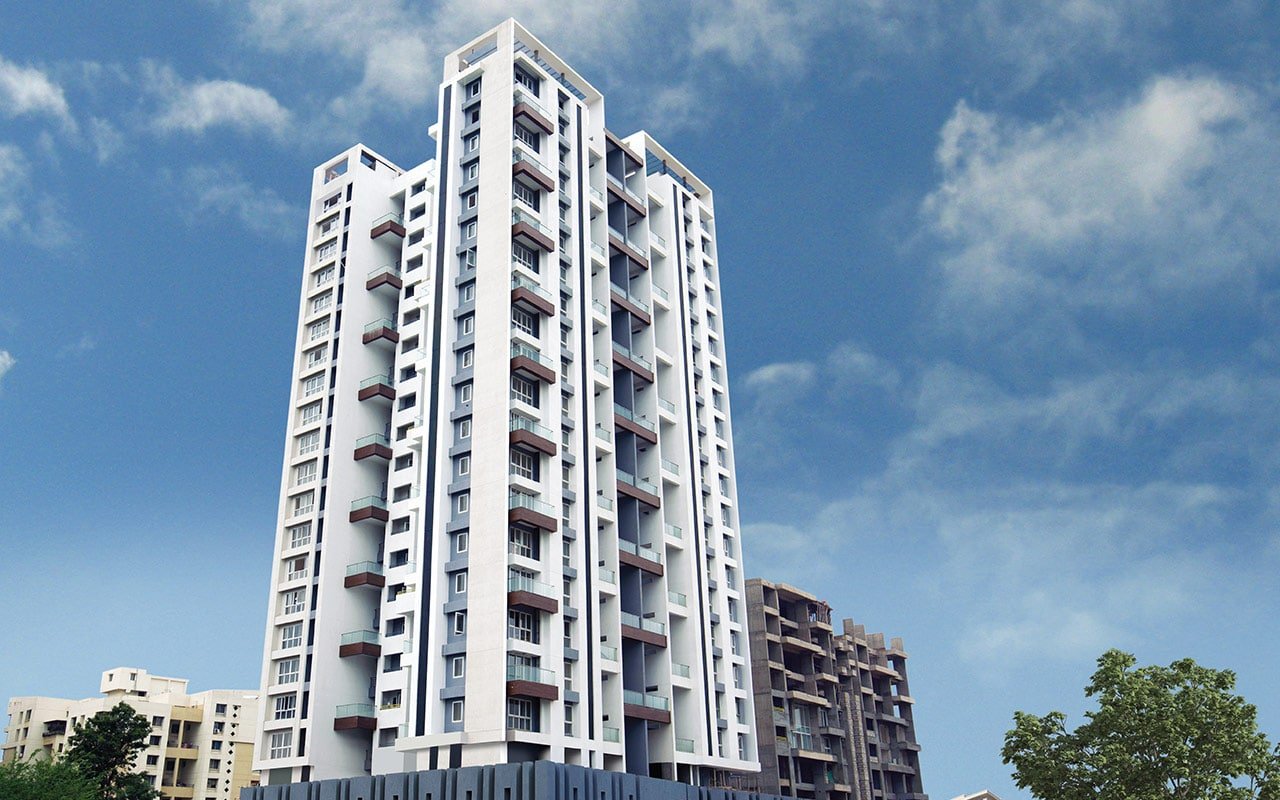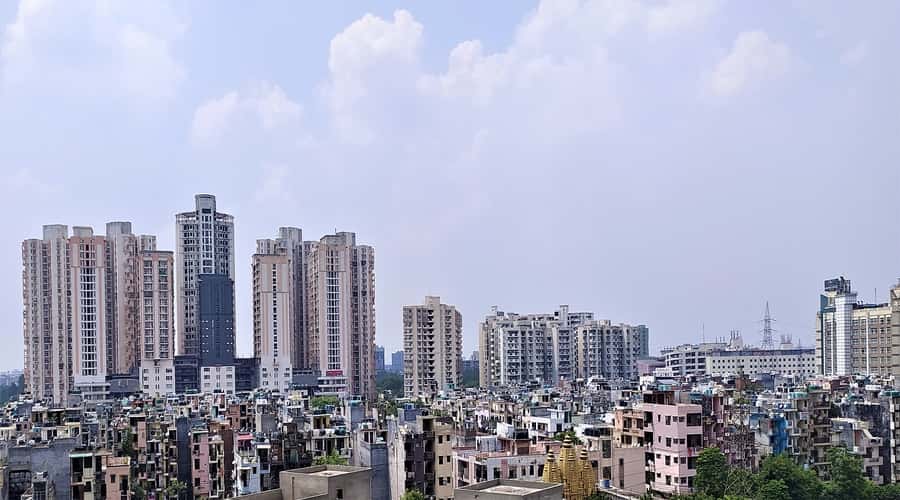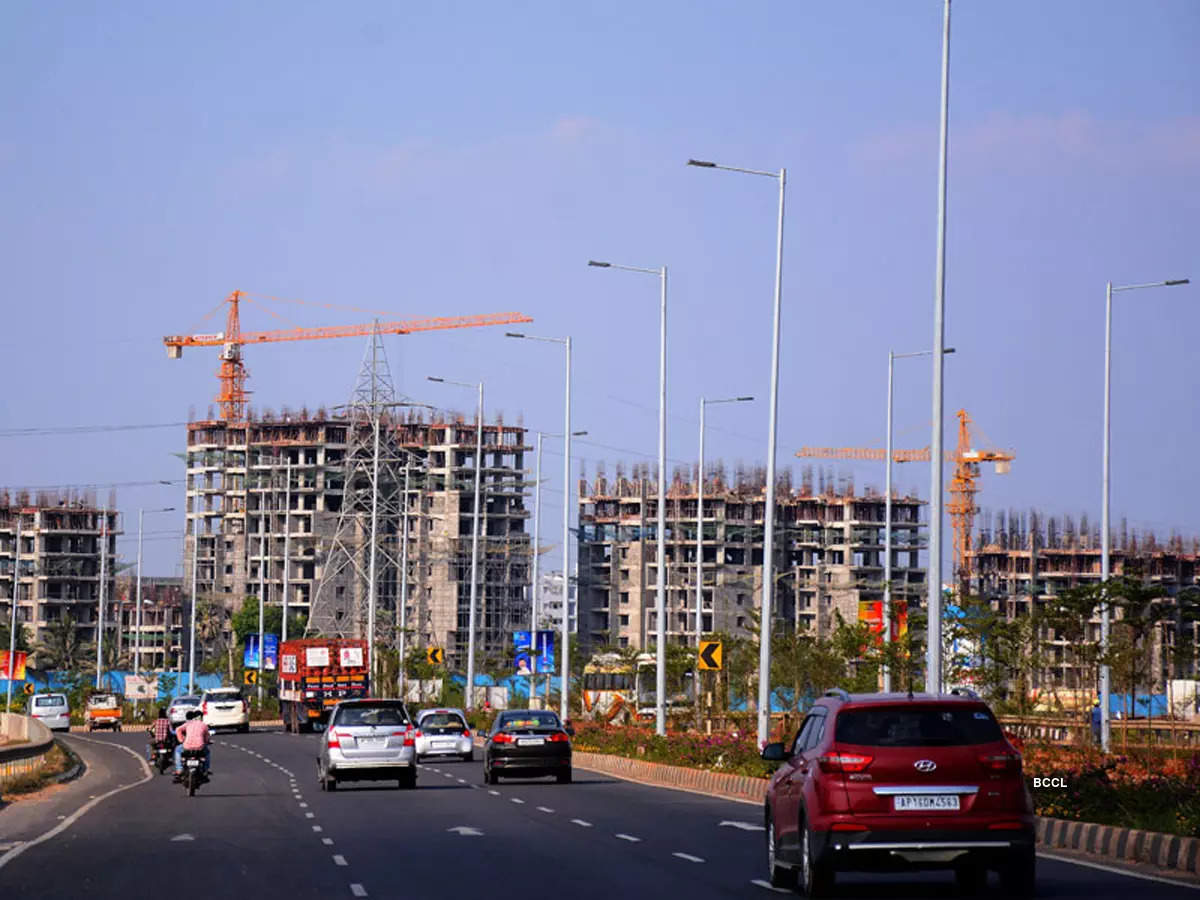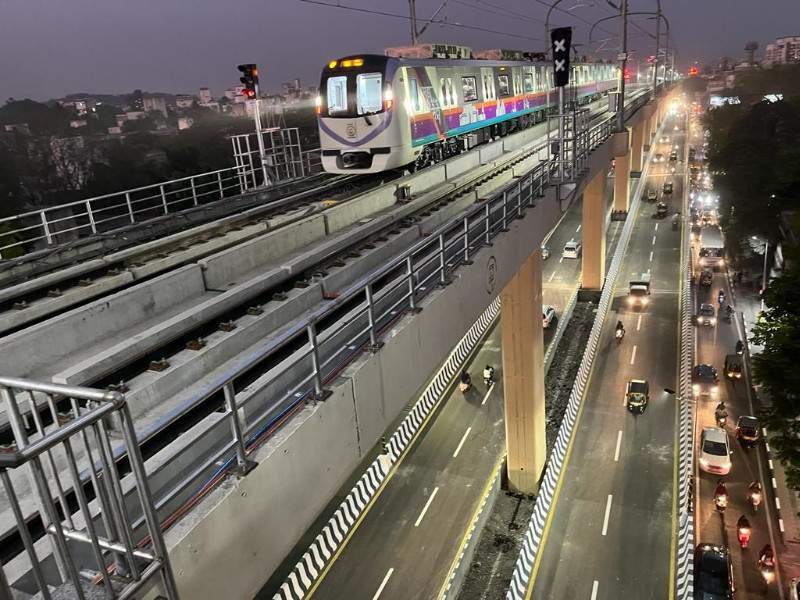The demand for affordable housing in India has been on the rise in recent years, driven by a combination of factors including population growth, urbanization, and rising incomes. With the government taking steps to promote affordable housing as a key policy priority, the future of the sector looks bright. In this blog post, we will take a closer look at the state of affordable housing in India and discuss some of the key trends and challenges that are shaping the sector.
According to a report by the Ministry of Housing and Urban Affairs, the demand for affordable housing in India is estimated to be around 42 million units, with around 12 million units being added every year. However, supply has not been able to keep up with demand, leading to a shortage of affordable housing units in the country. This has resulted in a significant affordability gap, with many people struggling to afford homes even in the lower price ranges.
One of the major challenges facing the affordable housing sector in India is the lack of land availability. Urban land is in short supply, and acquiring land for development can be a complex and time-consuming process. This has made it difficult for developers to build affordable housing projects, leading to a supply-demand imbalance.
Another challenge is the high cost of construction materials and labor, which has made it difficult for developers to build homes at price points that are affordable for the lower and middle income segments. Additionally, the lack of access to finance has made it difficult for many people to afford homes, even if they are able to find one that is within their budget.
Despite these challenges, the government has taken several steps to promote the development of affordable housing in India. Some of the key initiatives include the Pradhan Mantri Awas Yojana (PMAY), a housing scheme that aims to provide affordable housing to the urban poor, and the Affordable Rental Housing Complexes (ARHC) scheme, which aims to provide rental housing to migrant workers and urban poor.
The government has also introduced several tax incentives and subsidies to encourage the development of affordable housing projects. For example, developers of affordable housing projects are eligible for tax breaks and easier access to land, and home buyers are eligible for subsidies on home loans.
In addition to government initiatives, there are also several private sector players that are working to address the affordable housing shortage in India. Some of the key players include affordable housing developers, microfinance institutions, and housing finance companies, who are working to develop innovative solutions to meet the demand for affordable housing.
Overall, the future of affordable housing in India looks bright, with a growing demand for affordable homes and a range of initiatives in place to support the development of the sector. However, there are still significant challenges to be overcome, including the lack of land availability and the high cost of construction materials and labor. With the right policies and initiatives in place, however, it is hoped that these challenges can be overcome and more people will be able to access affordable housing in India.

